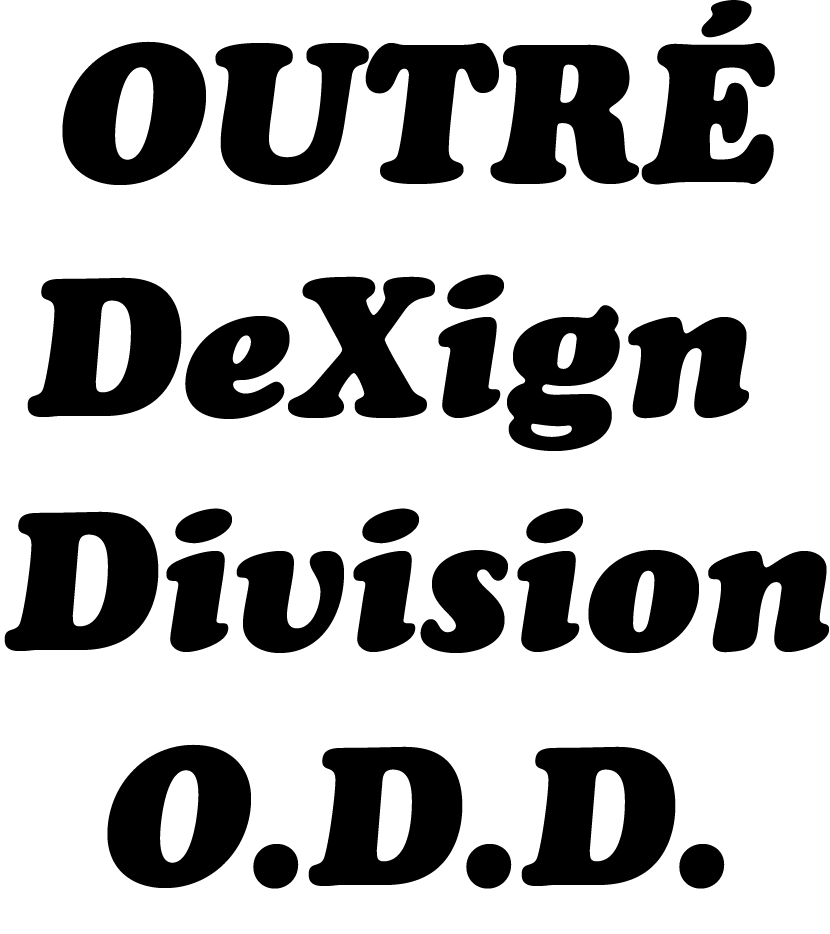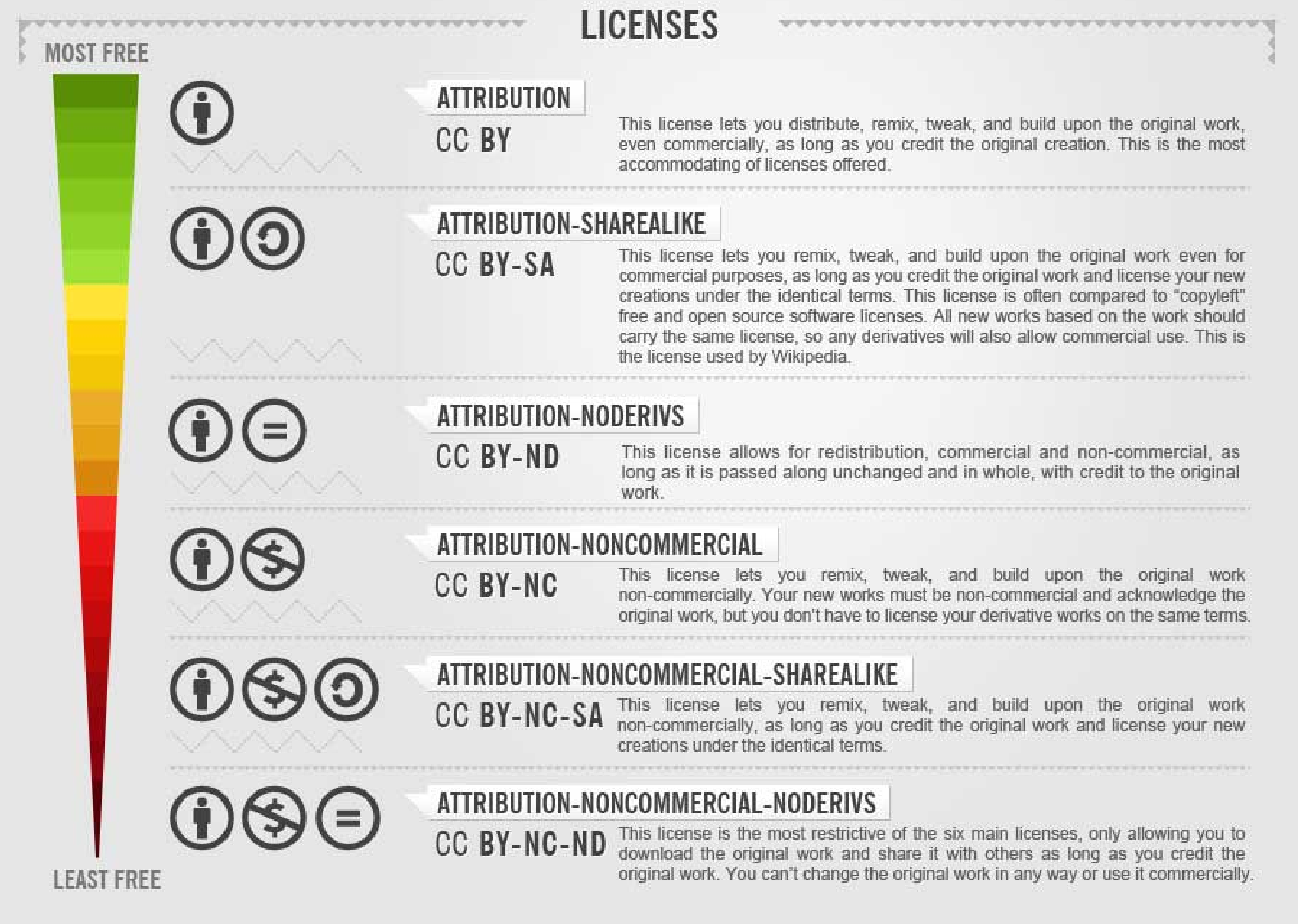19. Invention, intellectual property and income¶

I find it really fun to work on branding products. Here is the latest I have been working on.
ou·tré
/ü’trā/
violating convention: BIZARRE
peculiar, odd , curious, atypical, irregular, anomalous, deviant, abnormal, extraordinary, strange, unfamiliar, unknown, ludicrous, preposterous ,wacky , freaky , far-out, funky , off-the-wall, offbeat ,quirky ,remarkable, spaced-out ,strange ,wacky ,way-out , wild ,weird ,unorthodox ,bizarro ,fantastic ,unusual ,alien .
At this moment in time this is the label I would put my sneaker under.
Dissemination¶
My first goal will be to present my work on various social media platforms and start working on my second iteration. Next somehow present to a leading shoe brand(s), starting with ones located in the Massachusetts. I am unsure if the best way to do this is to send it via mail or deliver it personally. This brings up another question: who do I send it to, and how do I get it in the hands of the right person. Here is my list of brands:
NEW BALANCE ATHLETIC SHOE INC
Converse: Nike eventually bought Converse. They recently unveiled plans to relocate its headquarters from North Andover to a development under way at Boston’s Lovejoy Wharf near North Station.
Vibram: Vibram’s U.S. operations are based in Concord.
Saucony: Current owner Wolverine Worldwide continues to keep Stride Rite’s Lexington headquarters, where the Saucony brand is now based, and its staff.
Reebok: Reebok was acquired nearly eight years ago by German sneaker maker Adidas. Reebok continues its focus on fitness trends, with a recent emphasis on CrossFit, and it still is run out of a headquarters in Canton.
Adidas: Aside from its ownership of Canton-based Reebok, Adidas has been the primary footwear sponsor of the Boston Marathon for years, which means its insignia becomes nearly ubiquitous around these parts in April.
Puma: Founded in the same German town as Adidas, Puma employs hundreds in this state because its North American operations are based here, currently at a Westford building that was purchased about seven years ago.
Before researching for this weeks assignment I was only aware of Nike’s self-lacing shoe, but I just came across something cool!
Puma:¶
In November 2015, Puma unveiled the Autodiscs, which features Puma’s patented Disc closure system that uses a servo motor that powers a uniquely configured cable system designed to offer tunable support throughout the shoe. This prototype version features a micro USB cable to charge the on-board battery which powers the motor, but commercial version will have a charging plate included, so users won’t have to worry about plugging the shoe to a power source. Puma has made 50 pairs of the Autodisc, with many of them reserved to athletes like Usain Bolt and Rickie Fowler.
Power Laces, LLC:¶
In 2010, Blake Bevin, a self-described “science geek”, created a prototype of self-lacing shoes, inspired by Marty’s Nike MAG; once the user steps in, a sensor records the pressure of the foot on the sole and activates two servo motors, which apply tension to the laces, thus tightening the shoe. A touch-activated switch reverses the servos and loosens the laces.[9] Bevin posted DIY instructions on how to recreate the power laces technology on her website. Later, Bevin founded Power Laces, LLC started a Kickstarter project in order to fund the development of commercial version and successfully raised the pledged goal of $25,024.
Powerlace Technology:¶
Powerlace Technology’s P-One shoes are able to lace up automatically based on the wearer’s body weight. Once the shoes are on, the wearer presses their heel on the concealed disc linked to the laces by wires, and wearers can use a lever attached to the back of the shoe to release pressure and loosen the lace. In November 2014, the company started a kickstarter project to raise funds and sell the shoes.
Digitsole Smartshoe:¶
The Canadian company Digitsole, which already sells smart soles, has unveiled a prototype of a smart sneaker. It is a self-tightening, heating, and shock-absorbing shoe with a USB connector and can be monitored via Bluetooth with a smartphone.
All of these seem to be in the prototyping phase so I am going to try find a way to connect with them.
While working in the lab I had over 5 people come over to check out my work and all said something to the effect of “my 80 year old mother would love these.” Which is a great idea! This sneaker has the potential to enter a manifold of markets. From athletes, to people who require some kind of assistance while trying their shoes, to sneaker-heads, to streetware enthusiasts, tech lovers, etc.
I am currently self-producing the entire shoe, and I think taking this idea to a trustworthy shoe makers could be a fun exorcize.
Possible Income¶
At this phase in the process I am not as interested in personal income growth, however funding for next prototypes is significant.
Protection¶
Since I am interested in having my own brand I defiantly want to protect my ideas and designs.
I began by looking into patents, and found two that could apply to my project; Design Patents and Utility Patents.
Design Patents are applicable to the invention of a new, original, and ornamental design for an article of manufacture. Hence, a design patent would be used to protect visual characteristics or aspects of a product (assuming that it is new and unique). Design patents only protect the appearance of an item, but not an item’s structural or functional features.
A Utility Patent is a patent that covers the creation of a new or improved—and useful—product, process, or machine. A utility patent, also known as a “patent for invention,” prohibits other individuals or companies from making, using, or selling the invention without authorization.
My project is still going through design phases but if it were ready for the market, I would file under a Utility Patent.
That said, after doing further research and discussing with my Evaluators patenting my project is not impossible, but proving to be way above my patent law knowledge. It became problematic once checking various keywords in the UNITED STATES PATENT AND TRADEMARK OFFICE database. For instance when doing a patent search using the keywords “automatic””shoe””lacing” there’s 2,843 result base. Thus, I would need to look through the 2500+ patents to make sure I don’t violate any, and then prepare a submission to the patent office. There is also a major problem because I published all of my design files on this site to meet evaluation requirements, and this violates the claim to own exclusive rights.
Moving forward…
It is now clear to me that at this point in time my project is not ready for a patent. I do plan on taking this project to the next level and improving my existing model, especially after seeing what else is out there. After getting it to a finished stage I would enlist a patent attorney or agent. And if it potentially qualifies for a patent, I will file for a provisional patent application (as of 2018, $65 for micro-entities) and obtain “patent pending” status. This will deter infringers, because they will see that you are serious in protecting your legal rights.
Determining that my current project is probably not patentable, I will get a prospective licensees to sign a nondisclosure agreement before I reveal my invention. source.
If I hadn’t published my design files I could have filled Trade Secrets. Trade secrets are a form of intellectual property. According to the law of most U.S. states, a trade secret may consist of any formula, pattern, physical device, idea, process or compilation of information that both: provides the owner of the information with a competitive advantage in the marketplace, and is treated in a way that can reasonably be expected to prevent the public or competitors from learning about it, absent improper acquisition or theft. Unlike other forms of intellectual property, such as patents, copyrights, and trademarks, which generally require registration in order to be fully effective, trade secrets are essentially a “do-it-yourself” form of protection.
If my product where ready for the market I would protect it under a Proprietary License. I would license my product to bring this idea to life. By renting or licensing , my ideas to a company, which manufactures and distributes the product quickly and easily. This process should to be faster, more affordable, and more lucrative than other options, such as starting a new company to sell an invention.If I wanted to have total control over product manufacturing, distribution, and sales then I would not wan to take the Licensing path. At this moment I don’t have the resources to start a new company; time spent on research and development, and funds.source
Protecting my intellectual property; My design will be copyrighted and my logo trademarked. The documentation required to register a trademark can serve as written proof that your business idea was in the works at a specified time. These dates will be crucial in establishing the exact date your idea was in the works in the event someone else tries to dispute this fact.
At Present..¶
I am now realizing that only copyright law makes sense for my student documentation. My work within the FabAcademy will be licensed using Attribution-NonCommercial-NoDerivatives 4.0 International, which is easier to create and satisfies most of my needs. One can easily create a license using Creative Commons.


Useful Links¶
US Patent & Trademark Office, Patent Full Text and Image Database
How to Protect Your Invention From Theft When Pitching It